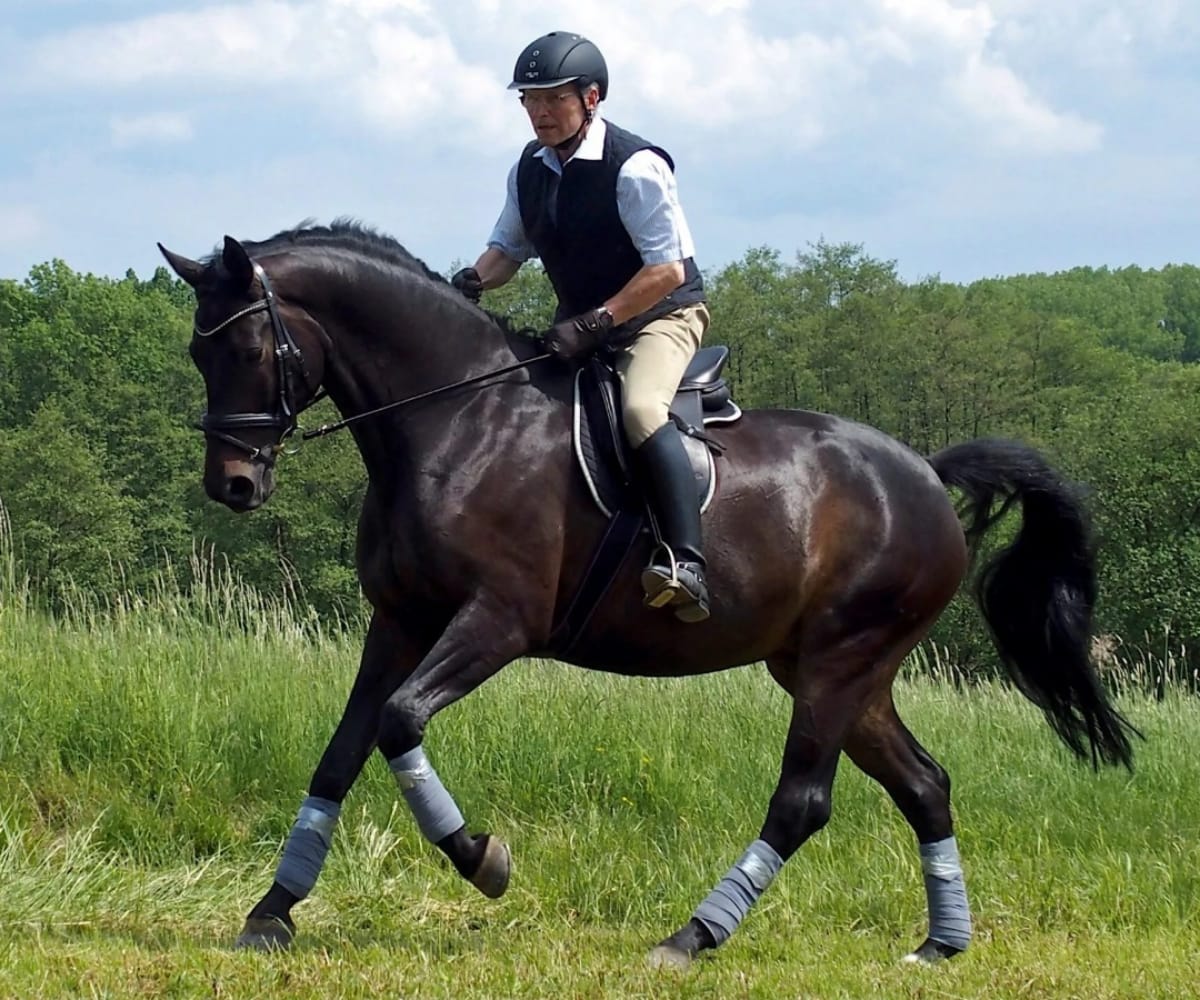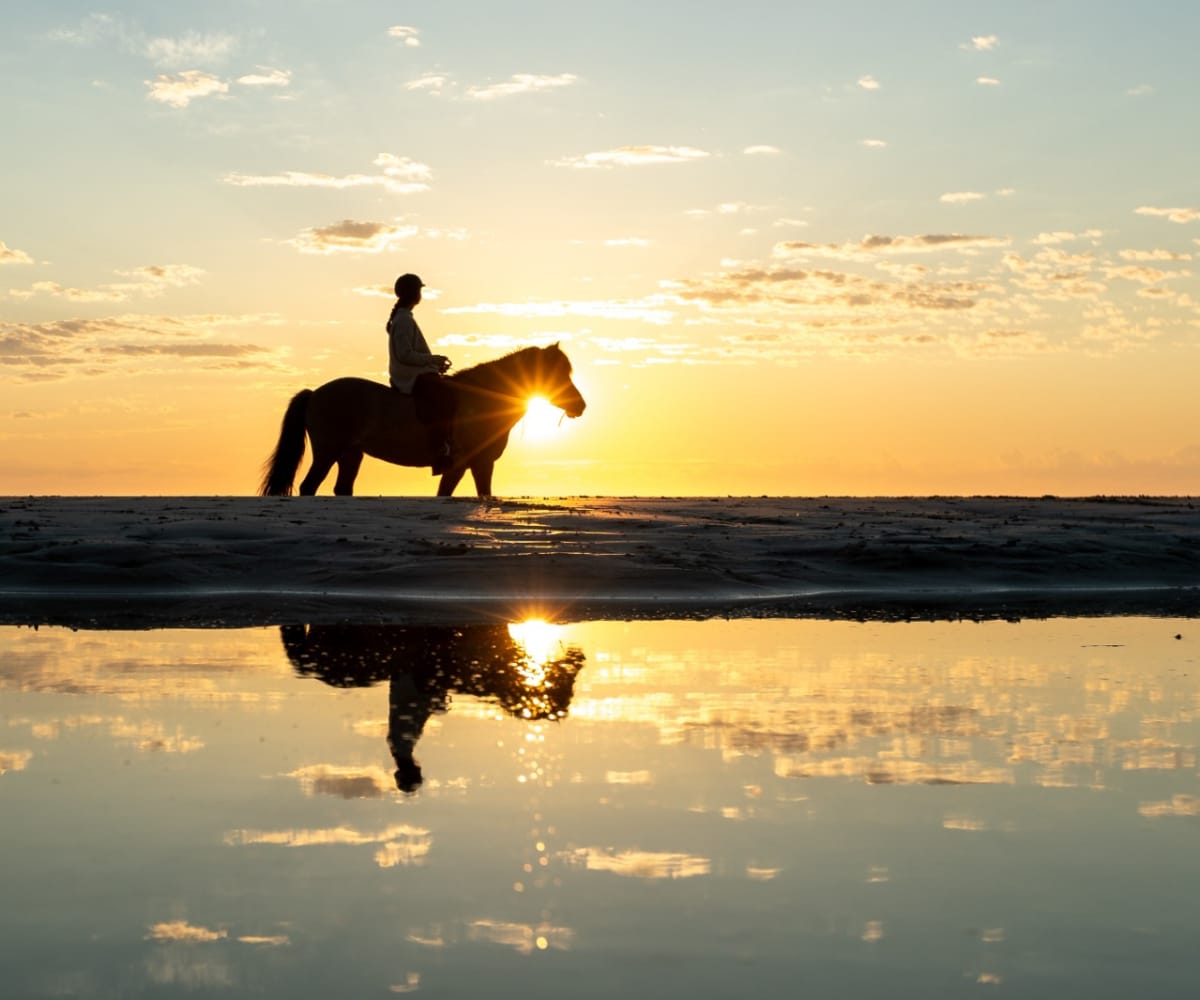Horse Riding : A Comprehensive Guide to History, Techniques, and Benefits
Introduction
Horseback riding is a timeless and thrilling hobby that has captivated the globe. From walks to competitive arenas, riding horses connects people to these gorgeous creatures. Horseback riding is fun and beneficial to the body, mind, and spirit.

Horse Riding History
Early Beginnings
The initial domestication of horses is believed to have occurred approximately 4500 BC. Early people soon saw horses’ transportation, labor, and military potential. As communities grew, horse riding became essential for survival and advancement.
Evolution Throughout Time
Horseback riding evolved with civilizations. The ancient Greeks and Romans had superior riding and training practices. Horses symbolized rank and power, particularly among the aristocrats. Horseback riding evolved throughout the years, with each culture contributing its twist.
Modern horseback riding
Millions of people worldwide ride horses for fun and competition. Everyone has better training and better gear, and horses act better, so riding is safer and easier.
Horse Riding Types
English Riding
Dressage
The precise, elegant, and harmonious horse-rider pair makes dressage “horse dance”. It involves “tests,” or preset moves, in an arena. Dressage contests test horse responsiveness and rider communication.
Show Jumping
Show jumping challenges the horse and rider’s agility and speed over obstacles. To finish the course in time without knocking down any jumps. Its fast-paced movement makes show jumping a popular spectator activity.
Eventing
Eventing, or “equestrian triathlon,” includes dressage, cross-country, and show jumping. This difficult horse riding discipline involves endurance, suppleness, and skill.
West Riding
Reining
Western riding competition reining emphasizes horses’ agility and riders’ control. It requires accuracy and elegance in spins, stops, and circles. Reining emphasizes technique and flair like figure skating.
Barrel Racing
A horse and rider race against time to form a cloverleaf around three barrels in barrel racing. Popular rodeo events are high-energy and exciting.
Right Horse Selection
Horse Breed Knowledge
Selecting the correct horse is essential for riding success. Horse breeds vary in temperament, strength, and attributes.
Matching Horse Temperament to Rider Skill
You must match a horse’s temperament with the rider’s expertise. Expert riders may select energetic horses, while beginners should choose calm, well-trained ones. A good horse-rider relationship may improve the experience.
Essential Horse Riding Gear:
Helmets
Horseback riding safety is paramount, and helmets are required. Modern helmets are safe and stylish, protecting motorcyclists from falls and mishaps.
Riding Boots
While riding, boots offer stability, protection, and grip. English riding boots are tall, whereas Western boots are shorter and stronger. Control and safety depend on proper footwear.
Bridles and Saddles
Saddle and bridle are crucial to rider comfort and horse performance. Different saddles and bridles optimize rider and horse posture and movement.
Basic Horseback Riding Skills
Getting on and off
Any rider must learn safe mounting and dismounting. Start with a calm approach, utilize a mounting block, and make sure the horse is stable before going on. Caution before dismounting to prevent frightening the horse.
Holding Back
Holding the reins helps communicate with the horse. With the right hand in place and a strong but soft grip, the user can tell the animal what to do without scaring it.
Basic Riding Positions
Learning and practicing riding postures helps preserve balance and control. Sitting erect with heels down and shoulders relaxed makes for a nice ride.
Advanced Horsemanship
Trotting
Two-beat trotting needs coordination and balance. Riders must post (rise and fall with the horse’s rhythm) to make the trot more pleasant for both horse and rider.
Cantering
Cantering is a quicker, three-beat pace that rides better than trotting. The rider must have a steady seat and rhythm while giving the horse modest leg and rein instructions.
Other Training Programs
Training sessions range from beginning to advanced clinics. Riders should choose a program that fits their skill level and goals, whether they are riding or.
Common Horse Rider Safety Tips:
How to Avoid Common Risks
Horseback riding is dangerous, yet measures may avoid many accidents. Riders should use safety gear, follow directions, and be alert.
Safety Gear Advice
Riders should dress in bright clothes that make them stand out at night and wear helmets at all times. These products increase safety and protection.
Building Confidence and Overcoming Fear
Riders often feel fear after a fall or bad experience. Building confidence requires progressive riding exposure. Instructors, helpful feedback, and clear goals help riders relax.

Summary
Horseback riding has many physical, mental, and emotional advantages. Whatever your riding experiences, there’s always something new to learn and appreciate. Horse riding may be a lifetime hobby with the correct horse, training, and safety.
FAQs
-
The ideal age to start horseback riding?
Never start riding too late—children may start as early as 4-6 years old. The optimal age varies on physical and mental preparedness.
-
For skill improvement, how should I ride?
Riders should ride 2-3 times a week to improve abilities and connect with horses. Consistency drives growth.
-
What to wear to my first riding lesson?
Wear comfy trousers, a fitting shirt, and low-heeled boots for your first riding session. A helmet is necessary for safety.
-
Is horseback riding dangerous?
Horse riding is dangerous, but wearing the right gear may lessen the risk of harm. Riding is safer with proper training and horse behavior knowledge.
-
How can I locate an excellent riding school?
Find a riding school with qualified teachers, clean facilities, and good ratings. Visiting the school and seeing classes might help you decide.
